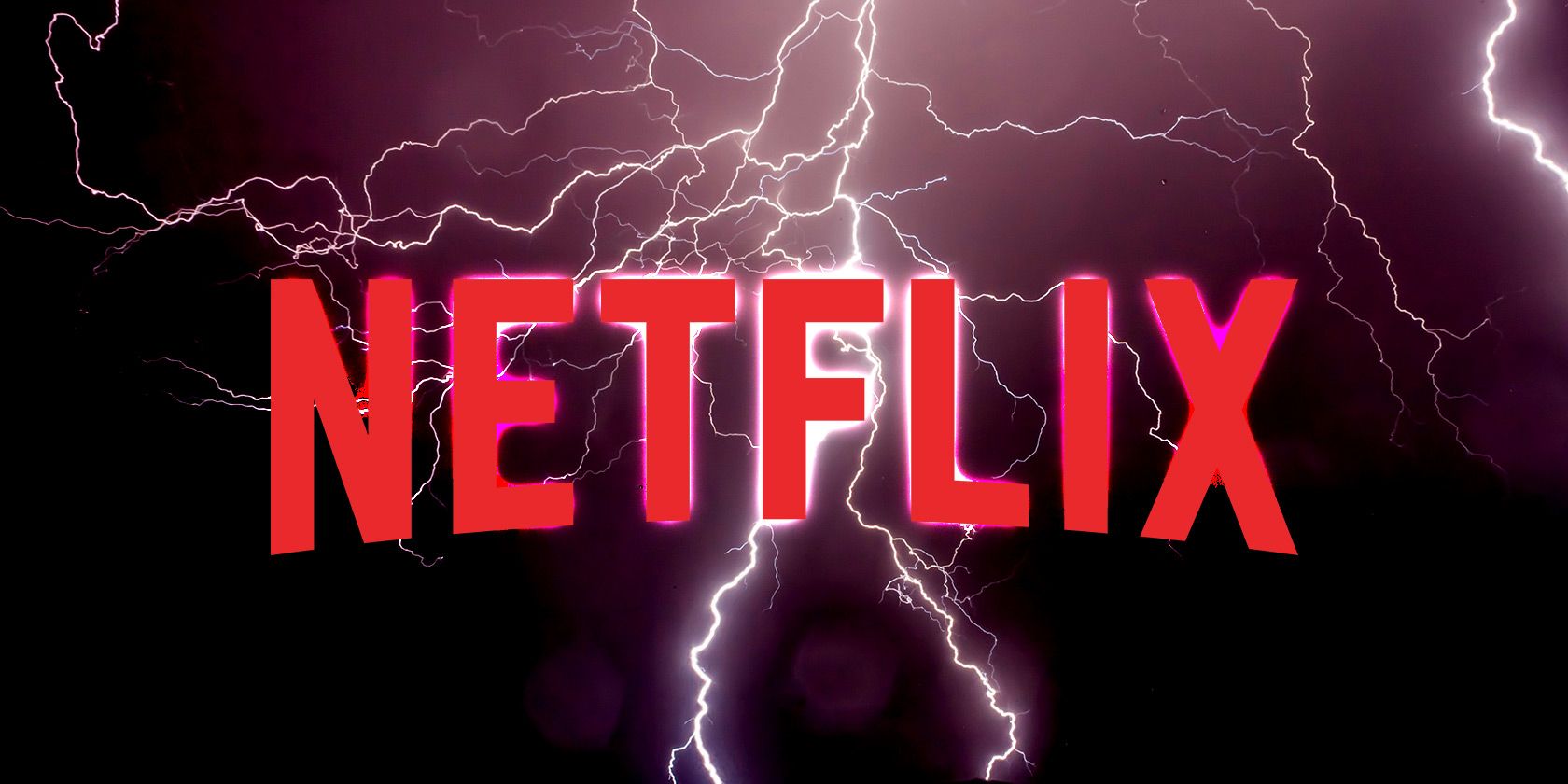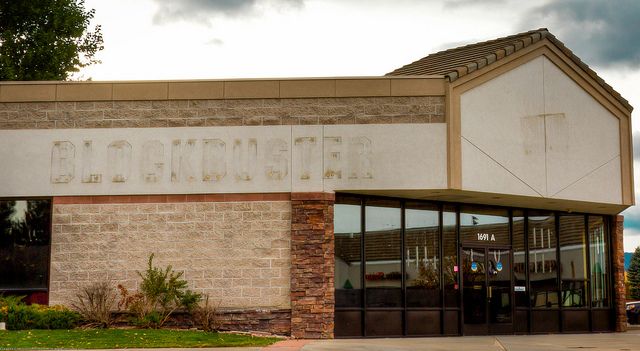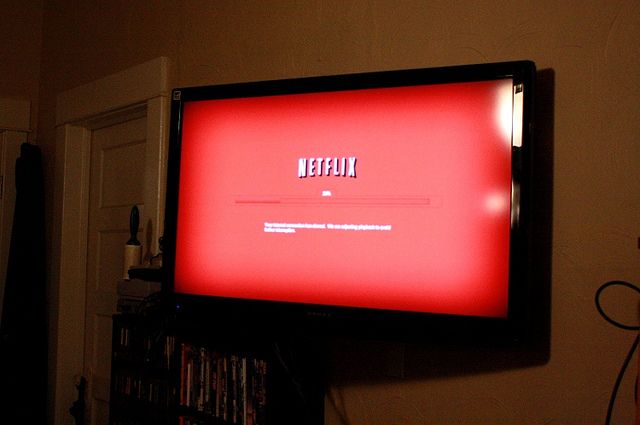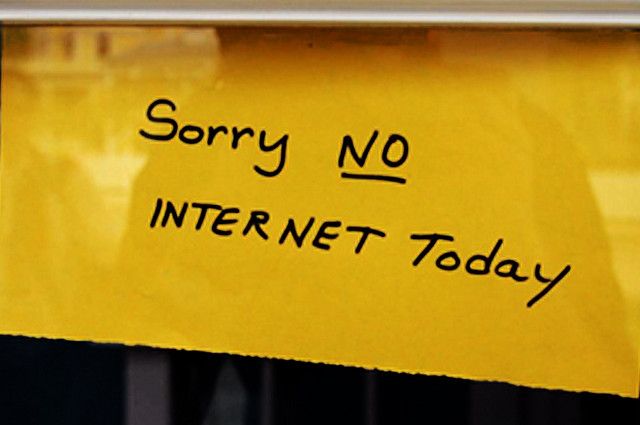Netflix has had a good couple of years. Their original content, like Arrested Development and the Kevin Spacey-powered, hit political thriller House of Cards, have been enormously well received. When they hiked their rates a full dollar to $8.99 a month, people were more than happy to pay it. Netflix is a great service, and has been doing well as a result.
As of right now, more than one third of all the data transmitted over the internet during peak usage is Netflix, and that figure is growing steadily. Between them, Netflix and Youtube alone comprise more than half of the internet by bandwidth. And, yet, for all its success, Netflix remains less profitable than traditional TV distributors like HBO, and most Americans still watch broadcast television.
Netflix is a growing force in the entertainment world, but it’s also an upstart trying to enter into a mature market. Fox, HBO, and NBC are not likely to go gentle into that good night: broadcast and cable television have been around for a long time, and they didn’t achieve that success by playing fair.
The Netflix Model
What Netflix offers is internet video on demand on essentially any device for a flat monthly fee. It’s important to understand that this is a fundamentally better value proposition than traditional broadcast TV, which delivers the same content, interspersed with commercials, arbitrarily recut for length, censored for content, in no particular order.
In the long run, broadcast television is going to die, and video on demand is going to win. What we’re discussing today is how long can the dinosaurs hold out, and will Netflix be the one to bring fire to man, metaphorically speaking? After all, this wouldn't be the first industry Netflix has destroyed with superior technology.
In order to get a better sense of what the playing field looks like now, let’s look at some potential stumbling blocks that Netflix faces in the near future, and how they might attempt to resolve them.
"Internet Fast Lanes"
The biggest issue facing Netflix at the moment is that of the companies that carry their traffic. Historically, data carriers like Comcast and Verizon have funded their businesses by charging a generic rate for data upload and download access at a particular speed. However, recently, due to the difficulty of launching new ISPs and laying new fiber (and due to large gifts of money to the largest companies by US taxpayers), the competitive marketplace for broadband in the US (Netflix primary market) has imploded, and the loss of competition has brought with it an increase in the bargaining power of data carriers. This allows those companies to implement more restrictive policies, without fear that other companies will eat their lunch.
The most onerous of these policies (aside from the old standby of higher prices for lower speeds) are the so-called “internet fast lanes,” which essentially means that the ISPs reserve the right to single out individual providers of online content and demand additional money from them - not for providing an additional service, but by threatening to degrade their users’ access to the site.
Netflix has been the primary victim of the initial implementations of this policy, agreeing to pay Comcast (among others) in order to maintain the quality of their video streaming service.
There are valid objections to be raised to the current net neutrality proposal raised by the Obama administration - notably, the FCC has not historically been a champion of free, uncensored content. Entrusting the FCC to enforce regulations on internet providers might have disastrous consequences down the line.
The debate over the correct legislative approach to the net neutrality issue is complex and far from one-sided, but it is undeniable that the existence of "internet fast lanes" implies a fundamental issue with the broadband market in the United States that needs to be addressed, in one way or another.
Until the issue is resolved, it seems likely that broadband providers will probably continue to strike extortive deals with Netflix and other high-bandwidth online video providers, which could seriously staunch their growth.
Content Negotiations
Another issue for Netflix is fundamental to their position as a newcomer on the block: the need to negotiate with content barons for most of the material that they distribute. This was less of an issue when Netflix first started out. Now, however, the companies which produce the films and TV shows that are Netflix’ bread and butter are often also the same companies that distribute them, companies that have a vested interest in Netflix’ failure.
As a result, Netflix content negotiations have become more difficult of late, leaving notorious gaps in their selection.
Even when Netflix can secure distribution rights to a piece of content, international copyright is a dense, interconnected minefield of liabilities and lost purposes. This is the cause of the obnoxious region-locking that plagues international Netflix customers. This alone dramatically limits Netflix’ ability to expand into new markets.
Netflix’ partial solution to this problem has been to attempt to grow more content-independent, visible in their internally-produced shows. This definitely helps: I’m sure there are people who are sold on a Netflix subscription just to access House of Cards. However, it’ll be a long time before the majority of the content demand on Netflix can be produced internally. Until then, crackdowns by content creators could substantially damage the breadth of Netflix’ library.
Slow Bandwidth Growth
Another issue that Netflix faces is tied into the issue of net neutrality. Due to a combination of factors that includes reduced competition, as well as the enormous geographical sprawl of the United States, US broadband lags behind much of the rest of the world, both in terms of speed and price.
Many Americans are still struggling along with speeds of a few megabits per second. In countries like Estonia, that have much more competitive broadband markets (and fewer miles of land to stretch cables over), the average internet user has access to nearly 50 mbps in real-world usage tests.
Netflix is already a bandwidth demon: again, more than one third of all wired peak bandwidth in the US is Netflix video. If Netflix’ user base grows, the total bandwidth the service needs to support will grow as well. If the broadband situation in the US remains stagnant, this could run into fundamental hardware limits, degrading the Netflix service to an unacceptable standard, even without the issue of internet fast lanes.
In some ways, these issues are harder to resolve than net neutrality, because you cannot simply regulate that companies must be better at their jobs. In order to fix the bandwidth slump, it’ll be necessary to change the underlying regulatory conditions that prevent healthy competition from emerging: it will be necessary to cure the disease of which internet fast lanes are a symptom.
The Good News
In addition to their better business model, Netflix has a couple of other factors on their side. The first is that the companies trying to destroy them are actively in decline. Between 2002 and 2013, the number of people who watch broadcast TV dropped by 50%, a trend that's only accelerating. Subscription TV services (including cable packages) peaked in 2012 and have been declining since. Movie theater attendance is also declining, dropping more than 10% in 2013.
People have seen the future and are no longer interested in old-fashioned TV. In not very many years time, traditional TV distribution businesses are going to be in serious trouble. That means content providers will be forced to go further afield to earn a profit on what they produce, and that strengthens Netflix' bargaining position.
As far as bandwidth goes, the situation is not quite as dark as it seems. Google Fiber, which offers 1000 megabit speeds in select areas for $70, represents a potent look at what's possible -- and has been forcing traditional bandwidth suppliers to respond with their own ultra-high-speed services. It's entirely possible that Google will be able to force a major upgrade in the US internet market by itself, simply be being largely benevolent and rich enough to buy and lobby their way around toxic regulatory barriers to entry.
On Netflix' side of the equation, it appears that they're looking into making their service at least partially peer-to-peer, like Steam, in an effort to reduce their distribution costs (making them more profitable). They are also looking to (potentially) circumvent arbitrary bandwidth caps by eliminating single distribution choke points.
Finally, Netflix has the force of public opinion on their side. Netflix has been the poster child of the recent political wind in favor of net neutrality, and the iconic image of a new technology being threatened by archaic, rent-seeking monsters. Netflix has numerous content partnerships, is more or less ubiquitous across media platforms, and is a major use case for platforms like the Xbox One and Playstation 4. Netflix is a ubiquitous cultural touchstone with powerful friends, and that goes a long way toward securing their place in the future.
It's also worth noting that Netflix has been dealing with all of the obstacles raised here for a while now, and remains healthy and profitable. There are powerful factors on both sides, and the future is up in the air, but there are good reasons to be optimistic about Netflix' future.
Image credits: "Netflix at home" by MoneyBlogNews, "Blockbuster Beaten" by Dave Dugdale, "No Internet", by Marcello Graciolli




